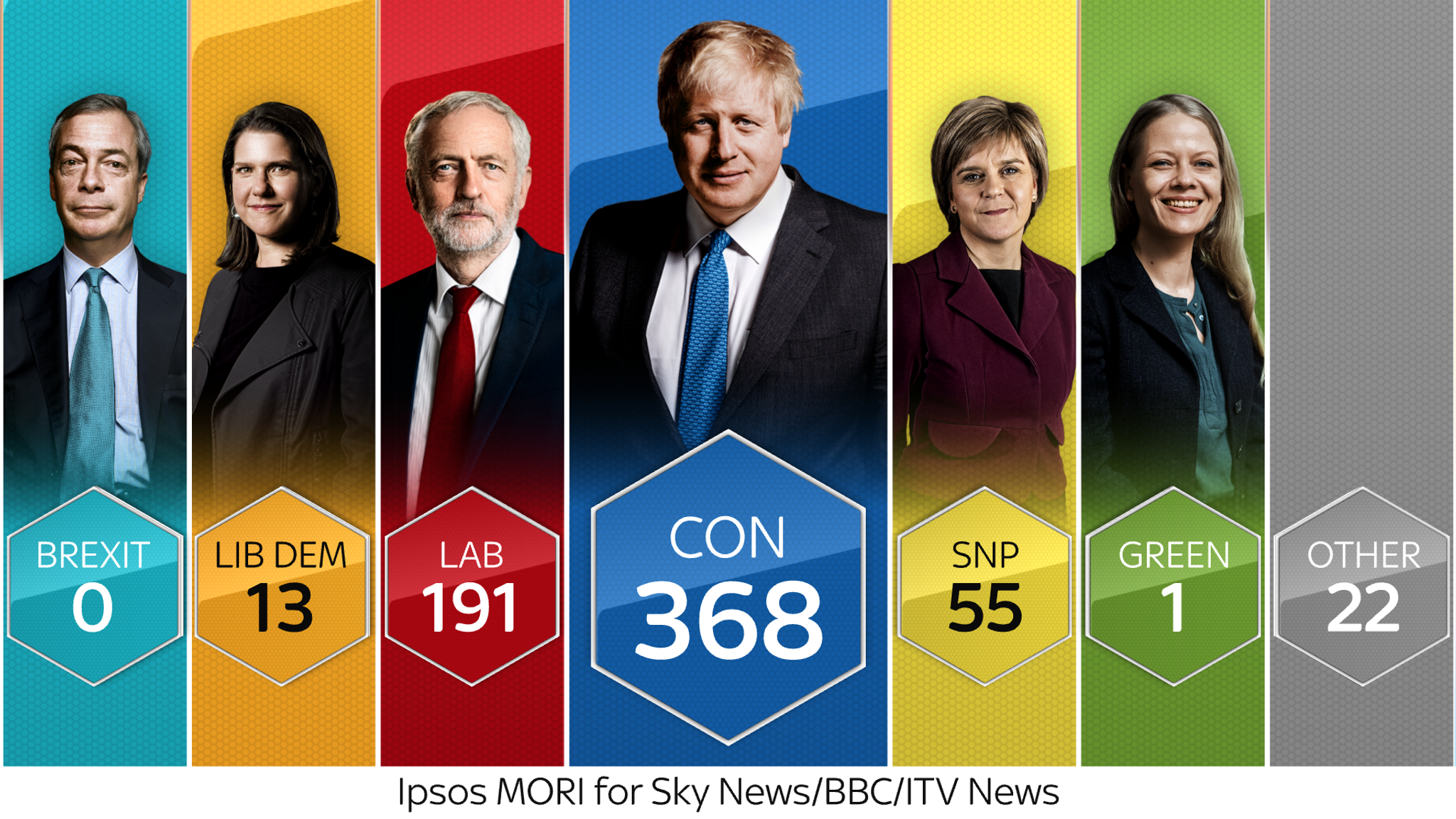Ten seats to watch at the next general election

It’s never too soon to think about the next election and how that might look in detail. Let’s have a look at some of the individual constituencies that will tell the story of the night.
Yes, there is going to be a boundary review. So how on earth can we identify barometer seats now? The problem is less daunting than it looks. The latest review is going to keep seat numbers at 650, meaning that seat reallocations will be fairly measured. We know how many seats each region is going to get. And the Boundary Commission has a strong predisposition towards creating and keeping seats with a firm sense of location. So in practice we can identify quite a lot of seats that are likely to be subject to minor changes only.
Because the main battle will be between the Conservatives and Labour, I have looked at seats of particular interest to Labour.
Bedford
This was long a bellwether seat but it has been trending in recent years to Labour. If Labour were to lose it, Sir Keir Starmer’s Labour would be going backwards.
Kirkcaldy & Cowdenbeath
Gordon Brown’s old seat, it was retaken by Labour in 2017 and narrowly lost in 2019. There are likely to be some boundary changes in the area because nearby seats are undersized, but the seat should be recognisable. If Labour aren’t taking this seat next time, they’re making no progress to speak of against the SNP.
Wycombe
Wycombe is one of those seats that feels as though it should be Conservative (Labour has taken it only once, in 1945), but it has been steadily trending towards Labour. At the boundary review it is due to shed voters, meaning that the seat is likely to become still more favourable for Labour. Labour will be making little progress in southern England if they don’t take this seat next time.
Don Valley
First trip to the red wall. Seat numbers aren’t changing in Yorkshire & The Humber and Don Valley is within the size band, so this seat shouldn’t change much, if at all. Don Valley was a Labour seat from 1922 to 2019. The current Conservative MP is nursing an 8% majority. This is a northern counterpart to Wycombe: if Labour aren’t taking this next time, they are making only limited progress in the north.
Worcester
New Labour used to obsess about Worcester woman. And indeed, Labour held this seat until 2010. To win it back, they would need a swing of nearly 7%. If they did so, they should be on the point of being able to form the next government. Perhaps SKS Labour should be obsessing about Worcester woman too.
Bishop Auckland
County Durham currently has seven seats, four of which are now Conservative-held (Labour holding the three north-eastern seats). The county looks set to lose half a seat, so there will be some reshuffling of boundaries. Labour need a swing of nearly 9% to take this seat, but this is the sort of northern seat that Labour will need to take to be comfortably the largest party.
Colchester
Typical of the new targets Labour now has in the south. Only previously taken by them in 1945 (which is a little surprising because it’s a LOT less chocolate-boxy than you might imagine). As an oversized constituency, it is set to shed outlying wards, which would make this an easier target for Labour. I suppose the Boundary Commission might decide to create two Colchester constituencies, which would be unusual for a town this size but not unprecedented (indeed, between 1983 and 1997, Colchester was split between two constituencies). Otherwise, this is the Bishop Auckland of the south, the sort of southern seat that Labour will need to take to be comfortably the largest party.
Rossendale & Darwen
The northwest looks likely to be rejigged substantially but it seems likely that a seat very like Rossendale & Darwen will come out of the mix. Labour-held until 2010, Labour would now need a swing of nearly 10% to take it. This would leave them knocking on the door of an overall majority.
Morley & Outwood
Ed Balls’s seat until 2015. It has since swung hard against Labour. As a Yorkshire seat, it is unlikely to change much in the Boundary Review. Labour would be looking at scraping an overall majority if it took it now. That would take a swing of nearly 11%, which gives a measure of the challenge.
Stafford
Labour would have a healthy working majority if it took it next time. That would require just the 14% swing. If it sounds fanciful that Labour would ever hold seats like Stafford, remember that they held this seat until 2010. If you don’t think of this seat as a potential Labour seat, you need to ask yourself why. And if you’re a Labour supporter, you need to ask yourself how you’re going to change that perception.
Alastair Meeks